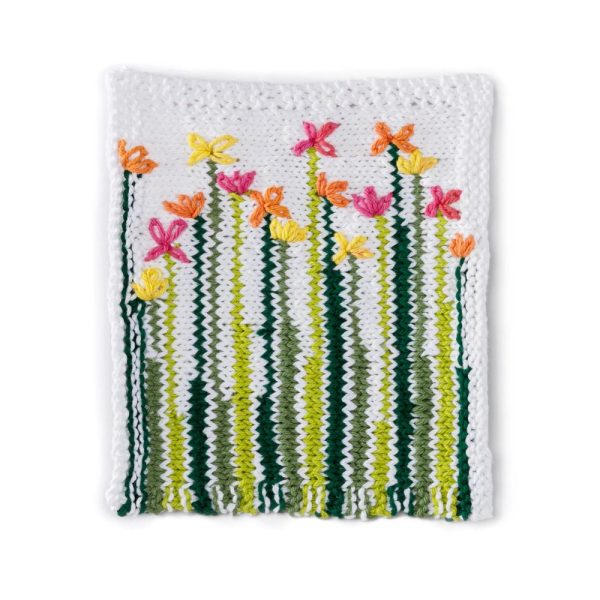Blocking is a most important part of knitting. Or finishing. Or both, really. You can gain length or width. You can open up a scrunched up lace design, and you can “gently stretch to fit” a garment that isn’t behaving as expected.
Wools that need to be stretched generally respond best to wet blocking. This is how I would block a wool garment that needs to be “rearranged”. Mix in with hot, hot water, some Soak, Eucalan, or other Wool Wash. Gently immerse the item into the hot, hot water, and let it soak, squeezing gently every now and then to remove dirt, debris… When the water is lukewarm let it drain. Fill up the sink again with lukewarm water and gently squeeze the rest of the wool wash out and let drain again. Lift up the item and gently press it between towels to remove as much as the water as possible. Then lay it out, arranging it the way you want it. Pin and let dry.
You can also use steam blocking if your item doesn’t really need to be washed. To do this, lay out your piece, and then either put a wet towel on top of the item to be blocked and press with a hot iron (don’t move the iron over it, just up and down), or just use a hot iron without the wet towel, making sure not to touch the fabric, just letting the steam go through it. Rearrange it and let it dry.
Spritzing until damp and letting dry is another option.
My favorite? The first, since usually by the time I’m done knitting an item, it’s been sitting in the bottom of my knitting bag, taken road trips (or sometimes bike trips) and is generally just a bit dirty or dusty.
Knitty.com has a wonderful article about blocking that elaborates on the process including various types of fibers. You can read that here: http://www.knitty.com/ISSUEwinter02/FEATdiyknitter.html
 One great thing to knit when the weather is warm (or honestly any other time) is dishcloths and washcloths. They are fun and easy projects and a great way to play with new skills. Pretty washcloths make cleaning a tiny bit more fun, and they’re great to have on hand as a quick addition to a store-bought gift.
One great thing to knit when the weather is warm (or honestly any other time) is dishcloths and washcloths. They are fun and easy projects and a great way to play with new skills. Pretty washcloths make cleaning a tiny bit more fun, and they’re great to have on hand as a quick addition to a store-bought gift.